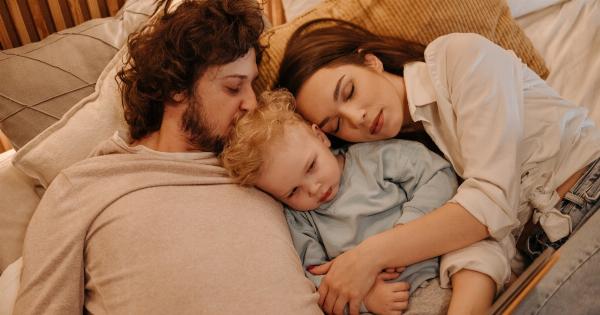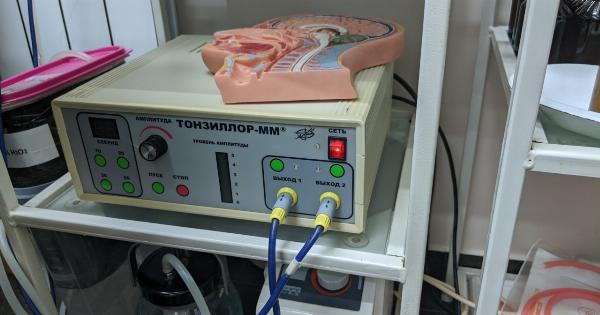Snoring in children is a common occurrence that is often seen as a minor issue. However, it can be a symptom of a more serious condition called sleep apnea.
Sleep apnea is a condition in which a person’s breathing repeatedly stops and starts during sleep. This can lead to various health problems and should be taken seriously.
The Causes of Sleep Apnea in Children
Sleep apnea in children can be caused by a variety of factors such as:.
- Enlarged tonsils or adenoids that block the airway
- Excess weight
- Abnormal facial structure that affects the airway
- Neuromuscular conditions
These factors can cause recurrent pauses in breathing during sleep, which can lead to a decrease in oxygen levels in the body. This can cause a range of health problems.
The Health Risks of Sleep Apnea in Children
Sleep apnea in children can lead to various health problems, including:.
- Obesity
- High blood pressure
- Heart problems
- Behavioral problems such as hyperactivity and ADHD
- Poor academic performance
- Depression and anxiety
- Daytime sleepiness, which can lead to accidents and injuries
- Delayed growth and development
It is important to address sleep apnea in children to prevent long-term health problems.
Diagnosing Sleep Apnea in Children
Diagnosing sleep apnea in children can be challenging as it is often difficult to recognize. Parents should look out for the following symptoms:.
- Loud snoring
- Pauses in breathing during sleep
- Mouth breathing
- Bedwetting
- Restless sleep
- Daytime sleepiness
- Headaches upon waking
If a child is experiencing any of these symptoms, they should be evaluated by a healthcare provider. The provider may recommend a sleep study to diagnose sleep apnea.
Treatment for Sleep Apnea in Children
Treatment for sleep apnea in children depends on the severity of the condition. Mild cases may be treated with lifestyle changes such as losing weight or changing sleeping positions. In more severe cases, the following treatments may be recommended:.
- Continuous positive airway pressure (CPAP) – a machine that delivers a constant flow of air to keep the airway open
- Surgery – to remove tonsils or adenoids or to correct structural abnormalities in the airway
- Dental appliances – to reposition the jaw and tongue to keep the airway open
It is important to work with a healthcare provider to find the best treatment plan for your child’s sleep apnea.
Preventing Sleep Apnea in Children
While some factors that cause sleep apnea in children such as abnormal facial structures or neuromuscular conditions cannot be prevented, there are some things parents can do to reduce the risk of sleep apnea:.
- Maintain a healthy weight
- Encourage good sleep habits, such as a consistent bedtime routine
- Address issues such as allergies or congestion that may affect breathing during sleep
- Use a humidifier to keep the air moist
- Avoid exposure to tobacco smoke
By taking proactive steps, parents can help reduce the risk of sleep apnea in their children.
Final Thoughts
Snoring in children should not be taken lightly and may be a symptom of a more serious condition – sleep apnea. It is important to speak with a healthcare provider if your child is experiencing symptoms of sleep apnea.
Early diagnosis and treatment can help prevent long-term health problems and improve your child’s quality of life.
By maintaining a healthy lifestyle and addressing any issues that may affect breathing during sleep, parents can help reduce the risk of sleep apnea in their children.
A good night’s sleep is essential for a child’s growth and development, and addressing sleep apnea can help ensure that your child is getting the quality sleep they need.


























